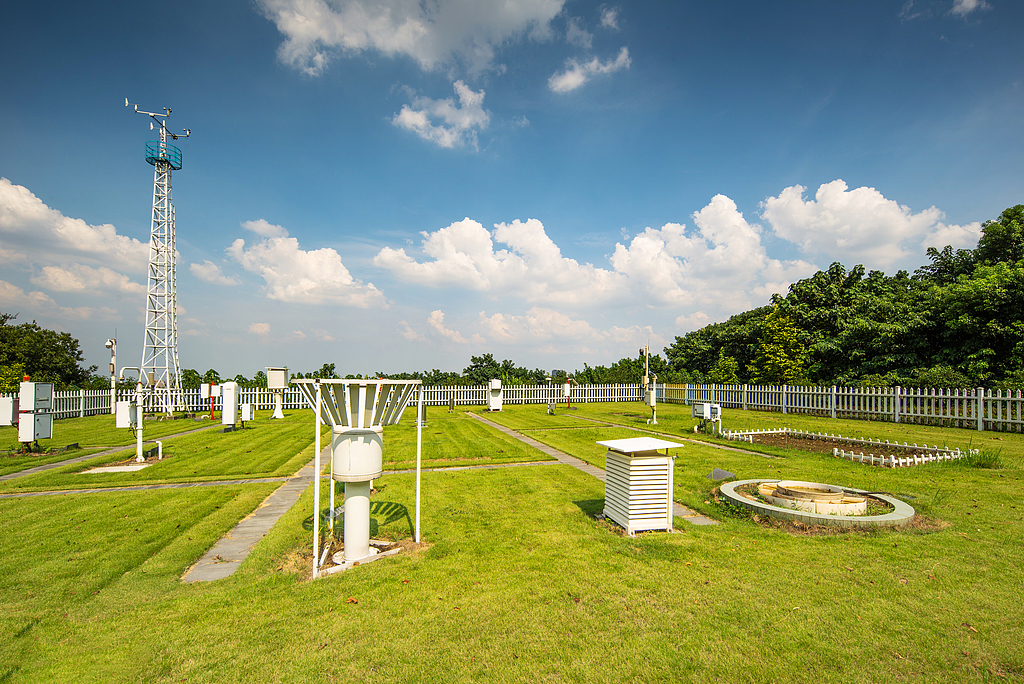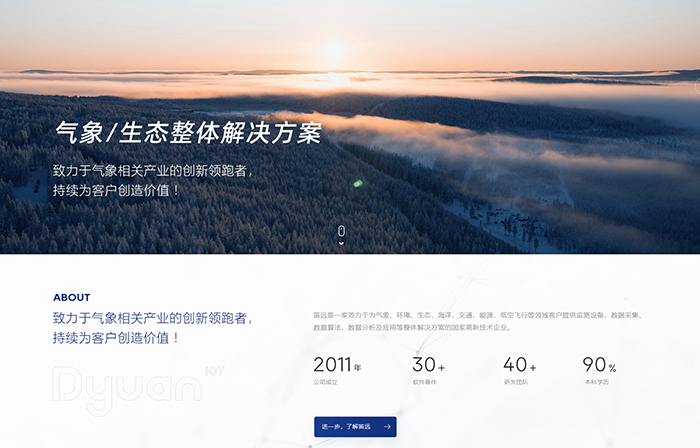When spring turns its back: Unlock the password to deal with the cold of spring, the Dyuan comes to escort
Spring is the stage of the game between cold and warm air, which lays the foundation for the formation of the cold spring. In the early stage, warm air gradually gained the upper hand, solar radiation increased, and the overall temperature warmed up. During this period, if the cold air activity is relatively weak, the weather will be mainly controlled by warm air, and the temperature will be higher than normal years. As the point of direct sunlight moves northward, cold air from high latitude regions accumulates in large quantities in the north. When the cold air accumulates to a certain intensity, it will forcefully move southward, causing a sudden change in temperature. When the cold air moves southward and encounters the warm and humid air that is entrenched in the area, the two sides refuse to yield, forming a situation of confrontation between the cold and warm air, leading to continuous rainy weather and hindering the rise of temperature. Once the daily average temperature is lower than the 30-year climate daily average temperature value by 1 ℃ or more, and the duration is ≥ 3 days, the late spring cold will "appear".
The late spring cold mainly occurs from March to May. During this period, different intensities of late spring cold had a significant impact on various industries.
The impact of the late spring cold on agriculture is the most direct. From March to May, crops are in a critical period of growth, such as the greening and jointing of winter wheat, and the flowering and fruiting of fruit trees. Low temperature and continuous rainy weather can affect crop growth, leading to winter wheat frostbite, slow growth, and reduced seed setting rate; During the flowering period of fruit trees, encountering the cold of late spring can freeze the flower buds, affect pollination, and result in reduced yields. In April 2023, some areas of North China experienced a late spring cold, which affected local apple orchards and significantly reduced fruit setting rates, causing huge economic losses to fruit farmers. Although moderate late spring cold can prolong crop growth and improve quality, the harm caused by severe late spring cold far outweighs the benefits.
The cold of late spring arrives, causing a sudden drop in temperature and a weakened immune system, which can easily lead to respiratory, cardiovascular, and cerebrovascular diseases. The sudden cold and hot weather reduces the defense function of the respiratory mucosa, allowing bacteria and viruses to enter, leading to a high incidence of respiratory diseases such as colds, influenza, and pneumonia. Cold can also stimulate blood vessel contraction, increase blood pressure, increase the burden on the heart, and induce cardiovascular and cerebrovascular diseases. During the late spring cold period, there is a significant increase in patients with respiratory and cardiovascular diseases in hospitals. The cold of late spring causes a sudden drop in temperature, increasing the demand for heating among residents and putting pressure on energy supplies such as coal, electricity, and natural gas. The energy sector needs to increase energy dispatch efforts to ensure supply. In addition, the rainy, snowy, and freezing weather caused by the late spring cold may cause transmission lines to be covered in ice, affecting power transmission and leading to power outages in some areas.
The rainy and snowy weather that accompanies the late spring cold can cause slippery roads and reduced visibility, bringing many inconveniences to transportation. Road icing affects vehicle safety and causes traffic accidents; Flights may be delayed or cancelled due to adverse weather conditions, and railway transportation may also be affected.
Faced with the cold of spring, various industries are actively responding. Farmers can keep their crops warm by covering them with plastic film, building windproof barriers, smoking, and other methods; Residents should pay attention to weather forecasts, wear warm clothes in a timely manner, strengthen exercise, and improve immunity; The transportation department should prepare for road snow and ice removal in advance and strengthen traffic diversion. And Dyuan products play a key role in the prevention and prediction of late spring cold. Dyuan utilizes advanced meteorological monitoring technology and big data analysis algorithms to monitor real-time meteorological elements such as atmospheric temperature, humidity, pressure, wind direction, and speed. Through in-depth analysis of satellite cloud images and meteorological radar data, it accurately captures signs of cold air moving southward and predicts the time, location, and intensity of the intersection of cold and warm air. Issuing early warnings for the onset of spring cold to buy time for various industries to cope with it. For example, in March 2024, Dyuan products predicted four days in advance that there would be a late spring cold in southern China. After receiving the warning, the local agricultural department organized farmers to take protective measures, effectively reducing crop losses.
To summarize
As a common disaster in spring, the late spring cold brings many challenges to various industries. By understanding the formation mechanism, high incidence periods, and impacts of late spring cold, taking effective measures to cope with and prevent it, and utilizing advanced meteorological monitoring and prediction technologies such as Dyuan products, we can better cope with late spring cold, reduce its losses, and ensure the smooth progress of production and life.
More News

Recommended software and hardware configuration for provincial conventional meteorological observation stations
2025.03.28

The official website of Dyuan Technology has been launched, opening a new chapter in intelligent monitoring services
2025.03.25

Dyuan Technology shines at the International Meteorological Exhibition, Innovative products lead new changes in the industry
2025.03.25

Dyuan shines brightly at the Asia Pacific International Meteorological and Hydrological Exhibition, attracting attention with innovative solutions and products
2025.03.25




